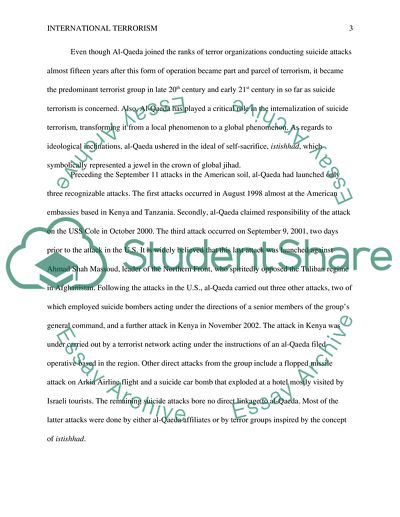Cite this document
(“History of the Creation of a Terrorist Organization Al Qaeda Term Paper”, n.d.)
History of the Creation of a Terrorist Organization Al Qaeda Term Paper. Retrieved from https://studentshare.org/military/1831434-international-terrorism
History of the Creation of a Terrorist Organization Al Qaeda Term Paper. Retrieved from https://studentshare.org/military/1831434-international-terrorism
(History of the Creation of a Terrorist Organization Al Qaeda Term Paper)
History of the Creation of a Terrorist Organization Al Qaeda Term Paper. https://studentshare.org/military/1831434-international-terrorism.
History of the Creation of a Terrorist Organization Al Qaeda Term Paper. https://studentshare.org/military/1831434-international-terrorism.
“History of the Creation of a Terrorist Organization Al Qaeda Term Paper”, n.d. https://studentshare.org/military/1831434-international-terrorism.


